Dolby Atmos and Dolby Vision are often found in movie theaters, television, video games, and streaming. The Dolby name is a common denominator, and the two are often paired with descriptions like "4K" and "HDR."
However, they cover two completely separate functions and require entirely different setups. So, what's the difference between Dolby Atmos and Dolby Vision?
Moving on, let's take a closer look at what they each mean, their main differences, and how they are configured.
Dolby Atmos:What is it?
Most people first encounter or learn about Dolby in the cinema. But over the past few years, you're more likely to see those words on display stickers and boxes for 4K TVs, home theater receivers, soundbars, and streaming services like Netflix and Disney+. It can even be seen in streaming music software.
Dolby Atmos is a groundbreaking spatial audio experience. On the one hand, Dolby Atmos breaks the channel limitation and introduces the concept of "audio object"; on the other hand, it adds the dimension of height. Whether it is stereo or surround sound, the effect is only flat, while Dolby Atmos can bring an all-encompassing sound experience and restore the sound heard in the real world. Let the audience feel that the sound is coming from all directions in the three-dimensional space, and also give the creators a real sound creation space
Unlike traditional surround sound systems, which use channel-based audio, Dolby Atmos is object-based. It treats sounds as individual objects that can be precisely positioned and moved within the listening environment. This allows for a more accurate and immersive representation of sound, resulting in a more engaging and realistic audio experience.
Dolby Vision:What is it?
Dolby Vision is an image quality technology launched by Dolby Laboratories in the United States, which changes your viewing experience on TV through vivid images. Incredible brightness, contrast and color, bringing the real world into your view. By taking full advantage of new movie theater projection technologies and the display capabilities of modern televisions, Dolby Vision delivers high dynamic range (HDR) and wide color gamut (Wide Color Gamut) content, resulting in beautiful, lifelike images.
One of the key benefits of Dolby Vision is its ability to dynamically adjust the image settings on a scene-by-scene basis. This means that the brightness, contrast, and color settings can be optimized for each specific scene, resulting in a more realistic and immersive viewing experience. Dolby Vision content can deliver a wider range of colors, deeper blacks, and brighter highlights, providing more depth and detail to the image.
Dolby Vision is supported by various streaming services, including Amazon Prime Video and Disney Plus. As the adoption of Dolby Vision continues to grow, more and more content providers and device manufacturers are embracing this technology, making it accessible to a wider audience.
Dolby Atmos vs Dolby Vision: Side by Side Comparison
| Comparison | Dolby Atmos | Dolby Vision |
|---|---|---|
| Developer | Dolby Laboratories | Dolby Laboratories |
| First Introduced | 2012 | 2014 |
| Description | experience | Immersive audio technology that provides 3D sound effects |
| Function | 3D surround sound | HDR video |
| Setup Requirements | 5.1-9.1 surround sound speaker setup with additional height channels | Dolby Vision-enabled display technology |
| Key Benefits | Enhanced brightness, contrast, and color accuracy in videos | Immersive and realistic sound experience |
Key Differences: Dolby Atmos vs Dolby Vision
Function
Dolby Atmos builds on the idea of surround sound by bringing height channels into the equation. By doing this, Dolby Atmos effectively interprets surround sound in three different dimensions, making you feel like you're in it.
The caveat is that it will work with 5.1, 7.1 and 9.1 setups as long as the consumer has the appropriate number of speakers in their surround sound setup. To function properly, a Dolby Atmos-enabled home theater or movie theater requires multiple in-ceiling speakers for the height channels.
Dolby Vision, on the other hand, delivers High Dynamic Range (HDR) video to home theaters, movie theaters, and more. Simply put, Dolby Atmos is exclusively for audio, and Dolby Vision is exclusively for display. Its technology is proprietary, meaning it cannot be used by any other manufacturer or developer without Dolby’s cooperation and permission.
Setup
A Dolby Atmos setup requires several key components to work properly. First, you'll need a Dolby Atmos-enabled receiver to connect your speakers to. Second, you'll need five to seven speakers, a subwoofer, and two to four ceiling speakers.
Then you need a display technology that delivers Dolby Atmos sound. Finally, you need to set it all up according to the Dolby Atmos standard. Only then can you have a true Dolby Atmos setup.
Dolby Atmos requires a speaker network and receiver to work, while Dolby Vision only needs to be enabled on the display. Whether it's a mobile phone, video game console, smart TV, or desktop computer monitor, Dolby Vision is built into display technology.
Many streamers, video games, and home videos use Dolby Vision. All you need to do is hit play or insert a disc and enjoy the HDR display that follows. Only one display device is required, unlike Dolby Atmos, which requires multiple audio devices.
In conclusion
Dolby Vision and Dolby Atmos are two cutting-edge technologies that enhance our audio and video experience. Dolby Vision enhances the visuals of content, delivering richer colors, deeper blacks, and brighter highlights. Dolby Atmos, on the other hand, provides a truly immersive audio experience with its three-dimensional sound effects. Both technologies are supported by major streaming services and are increasingly popular with content providers and device manufacturers. So whether you're watching a movie or playing a video game, Dolby Vision and Dolby Atmos can elevate your entertainment experience to a whole new level of realism and immersion.
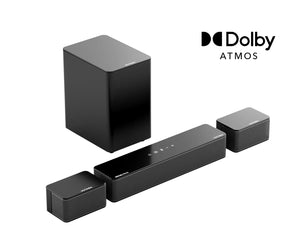
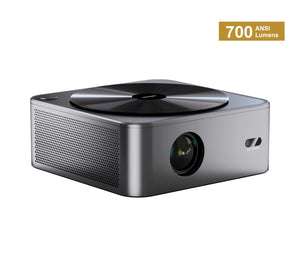
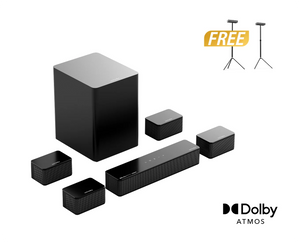

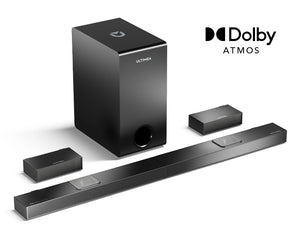



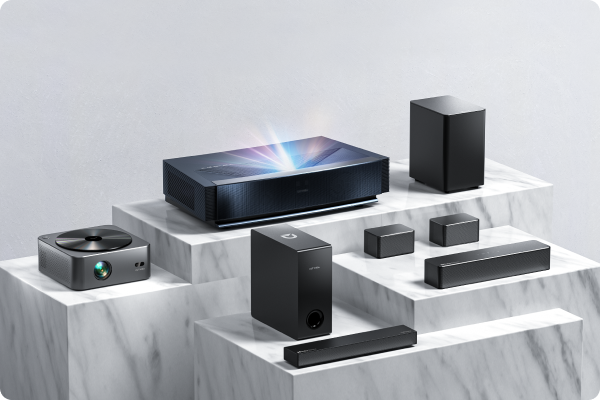
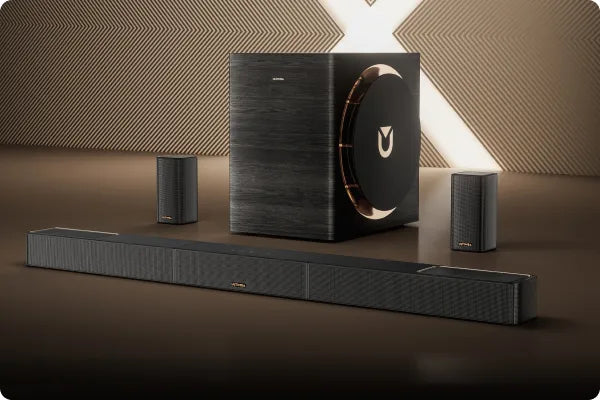
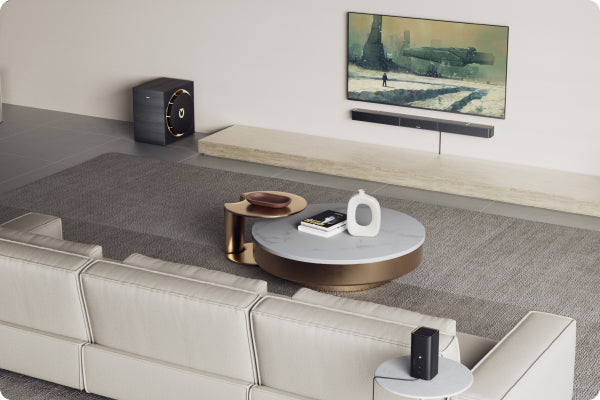
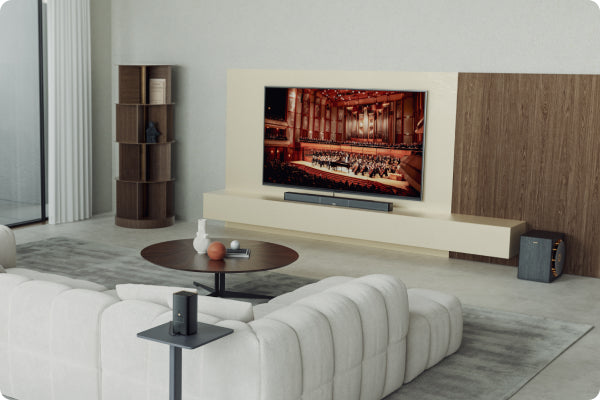
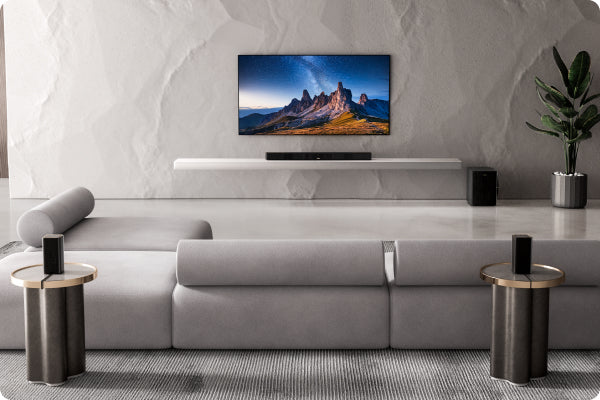

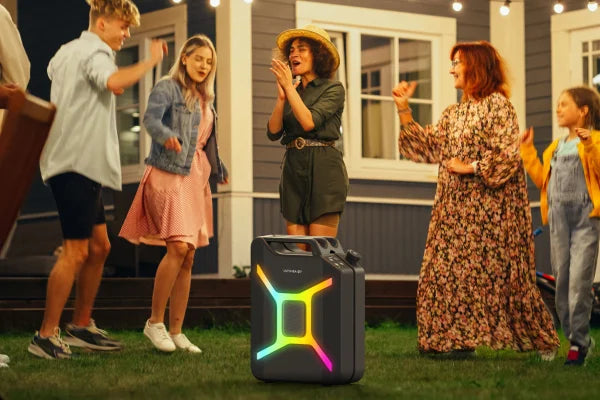
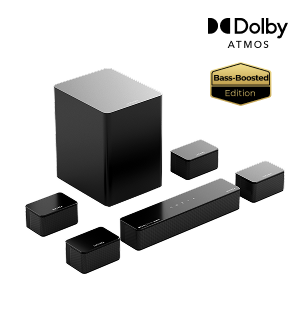
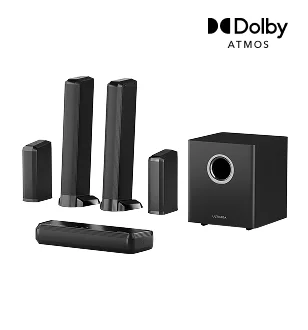
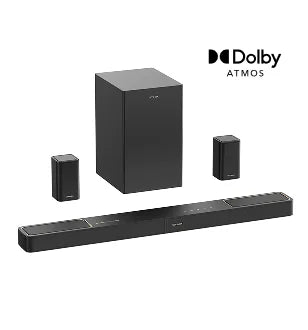
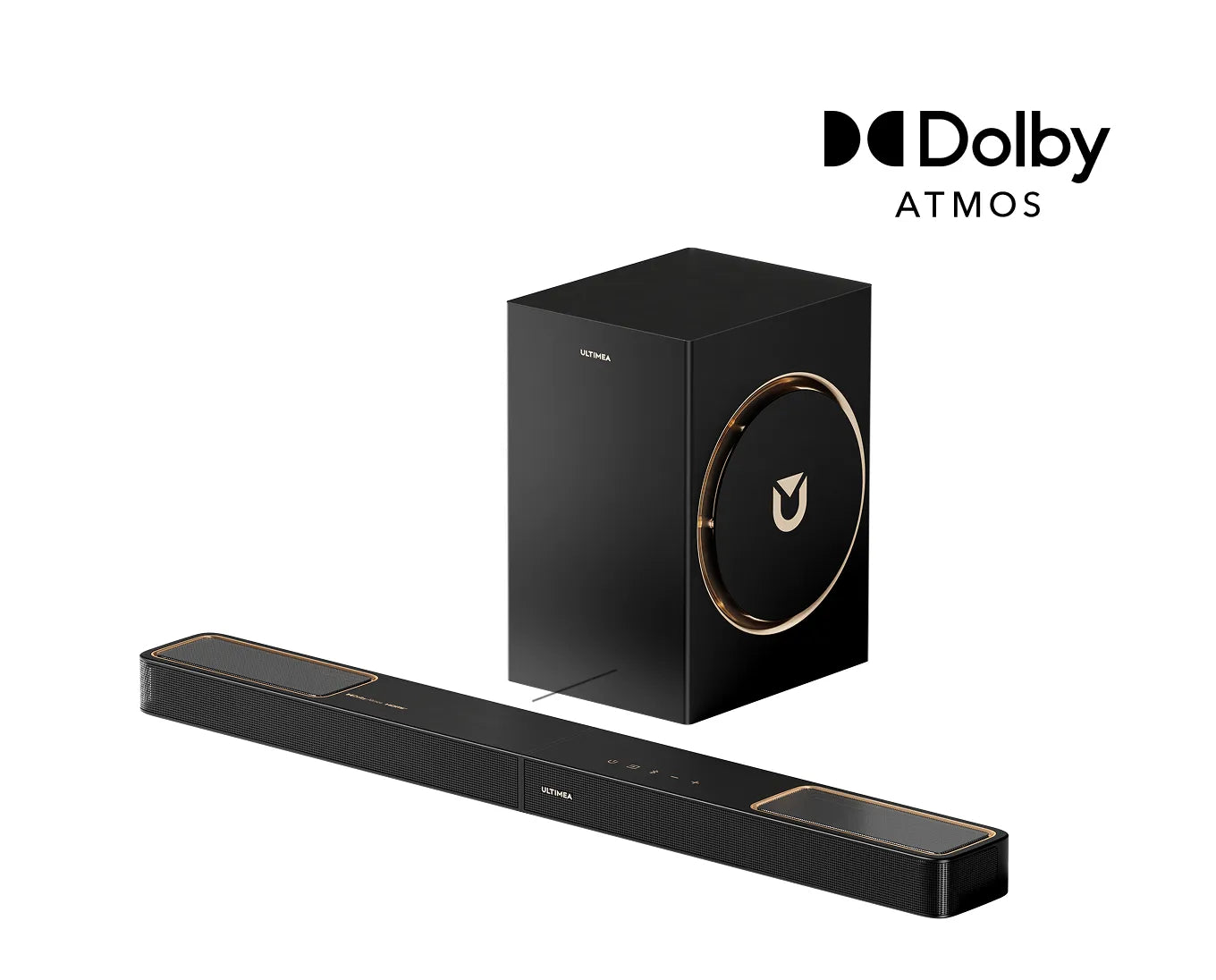
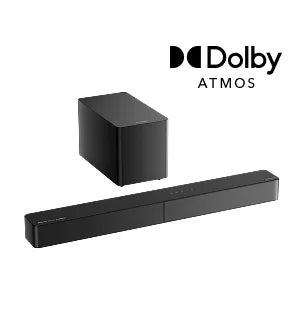
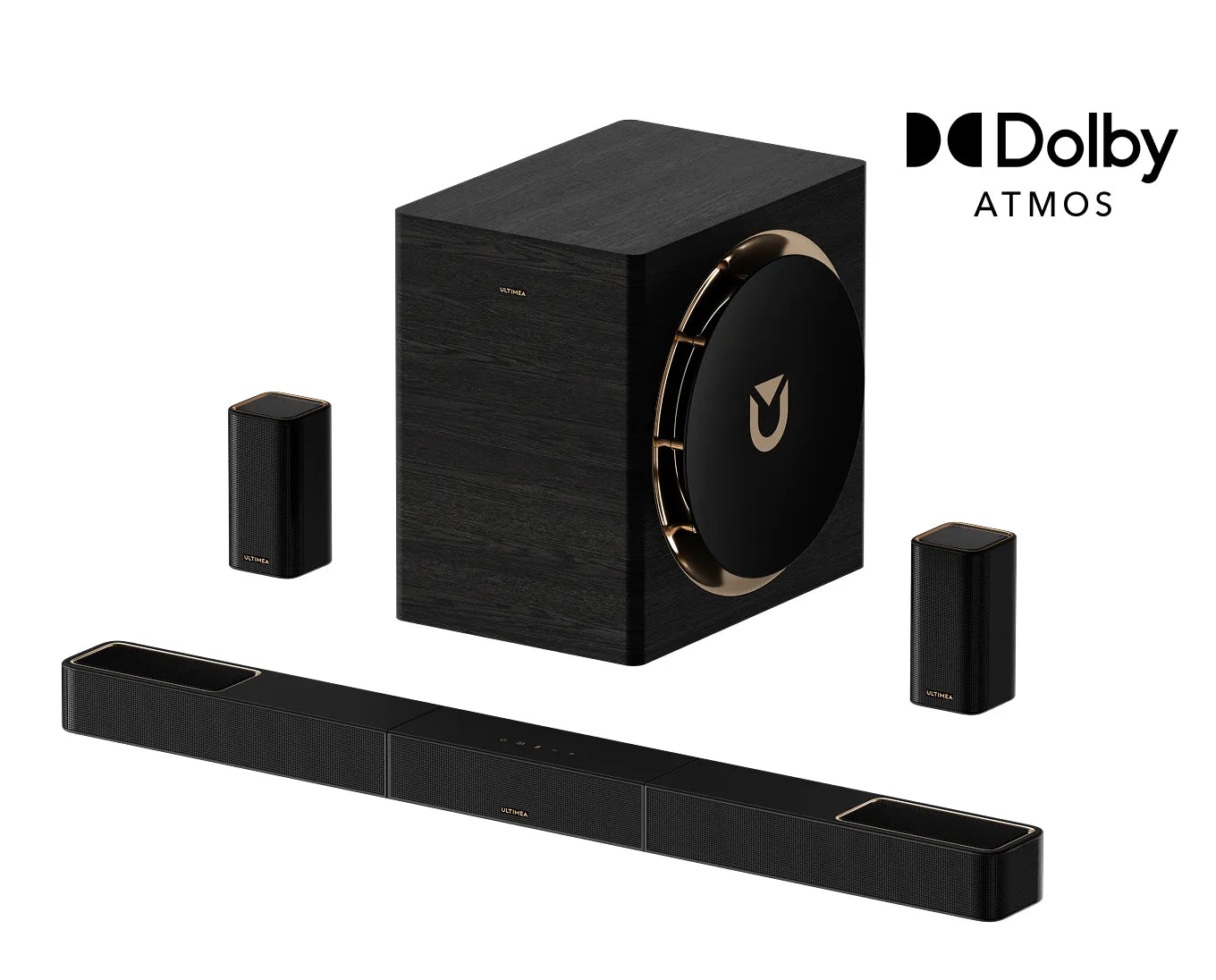
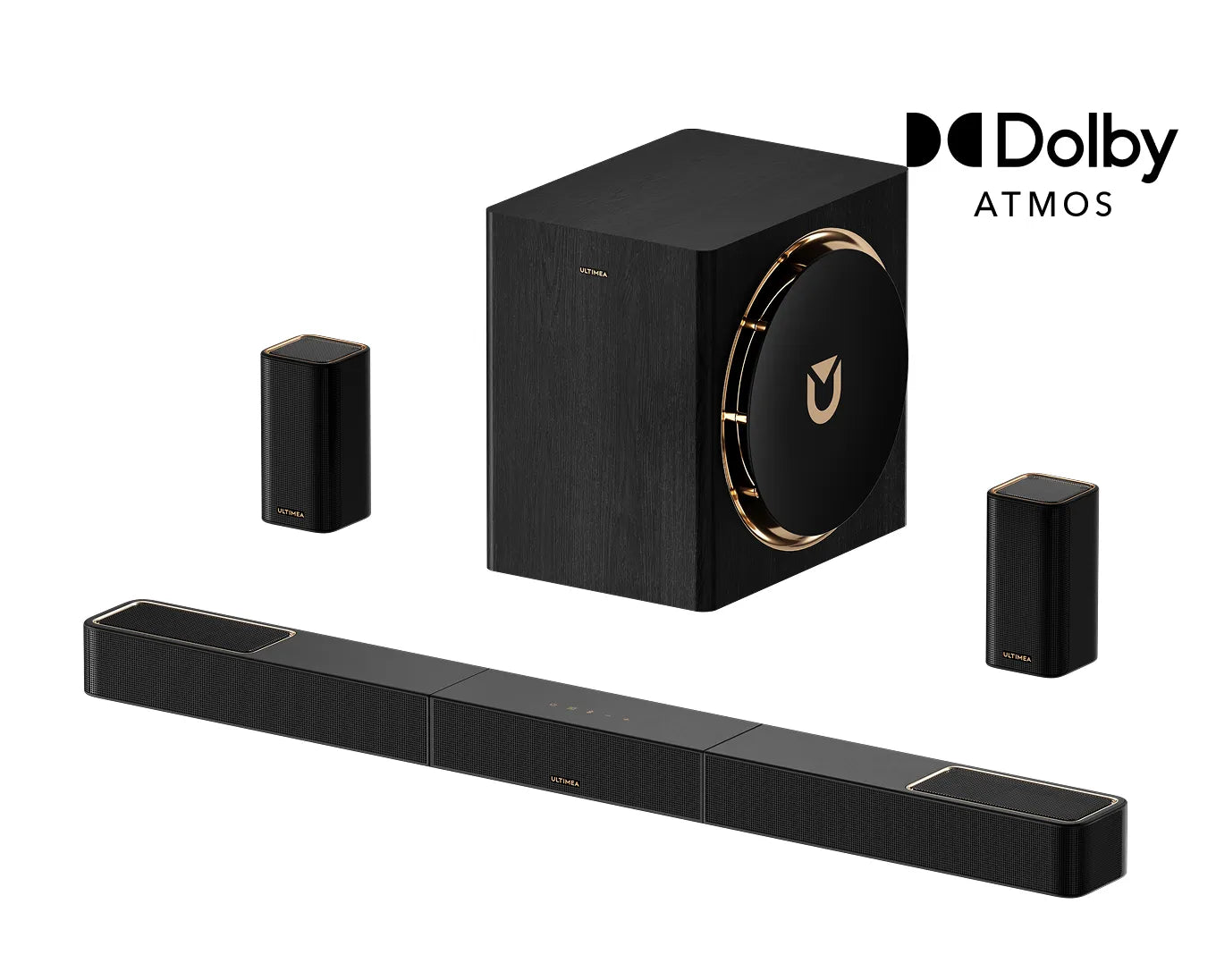
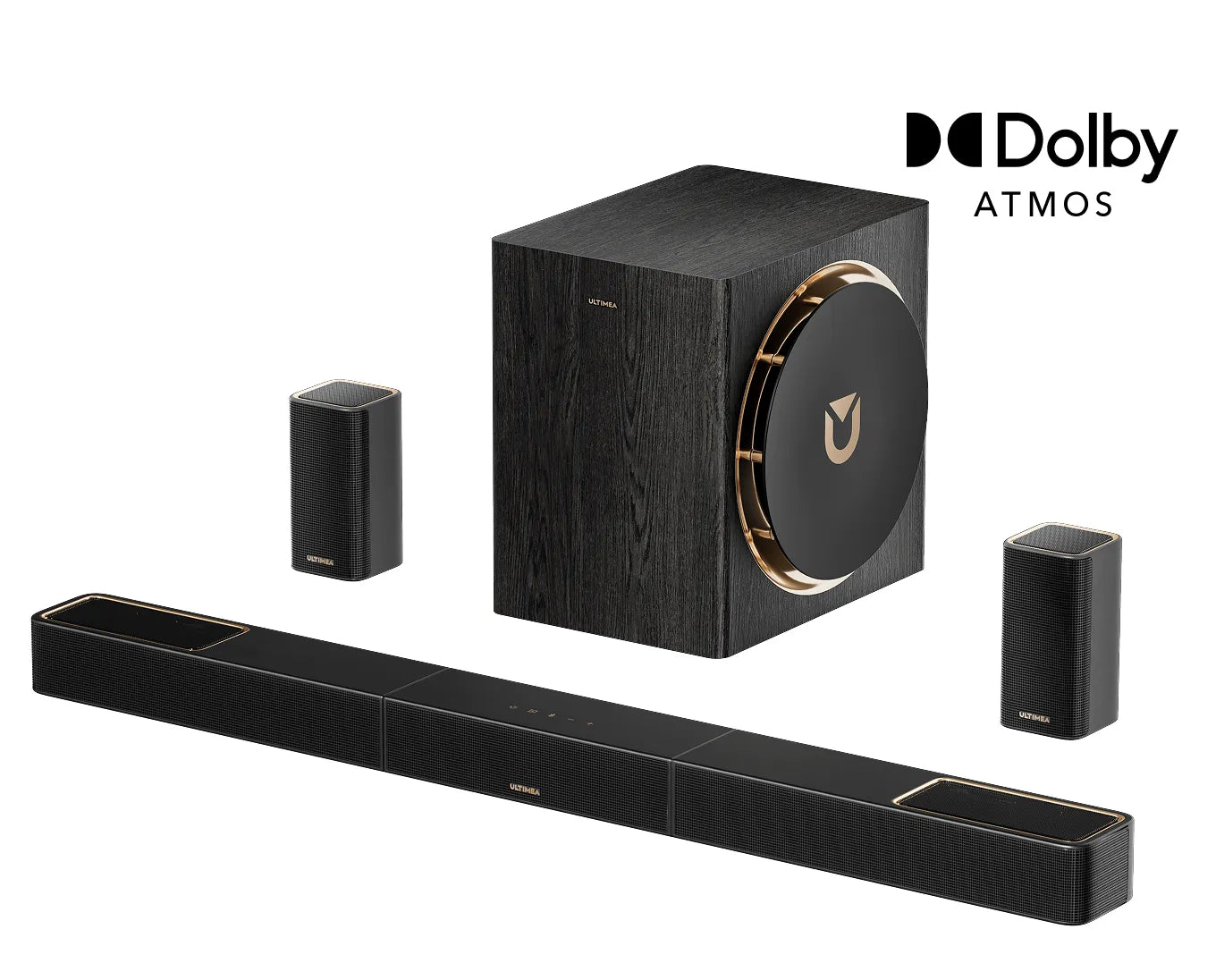
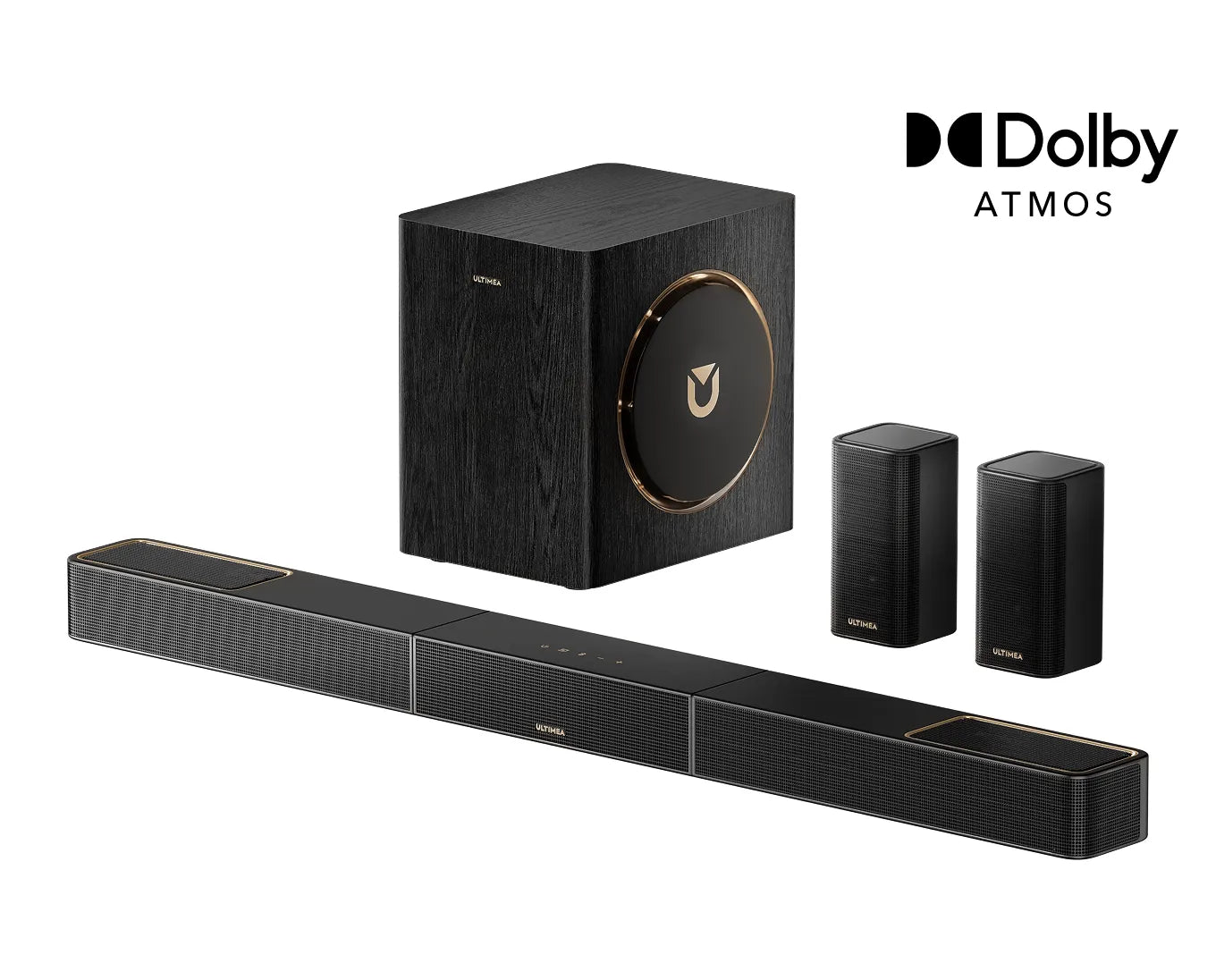
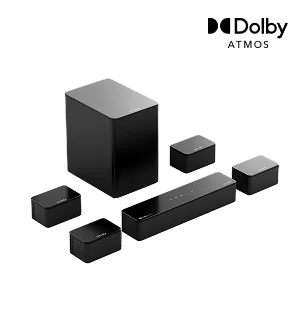
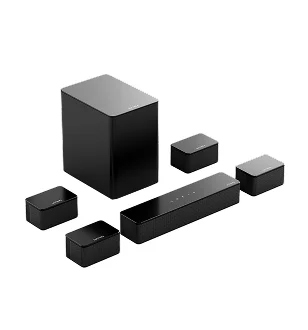
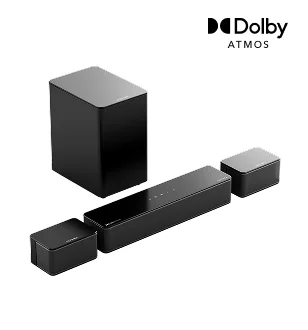

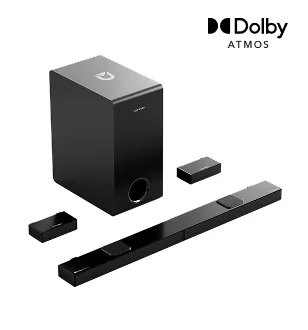
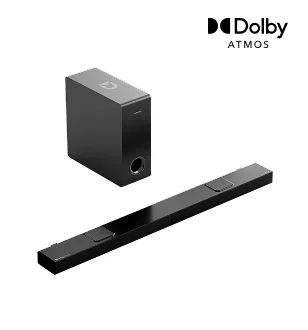
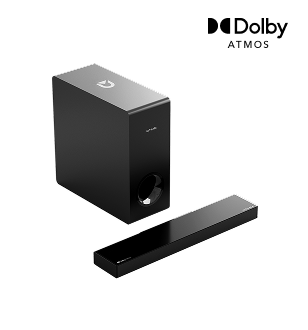
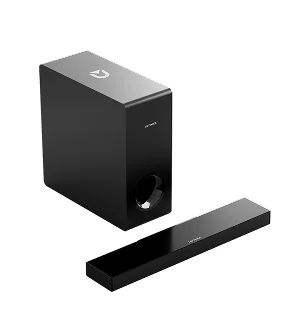
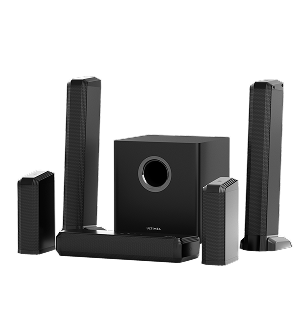
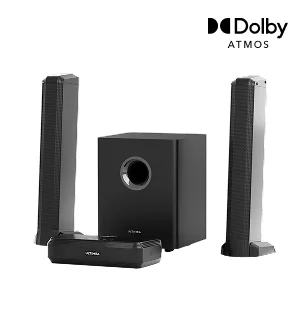
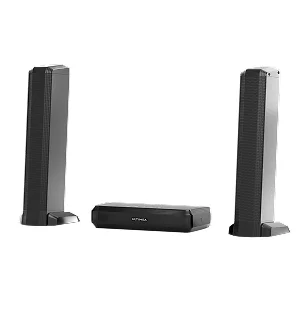
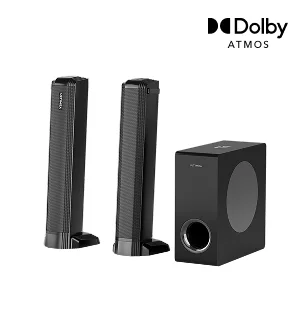
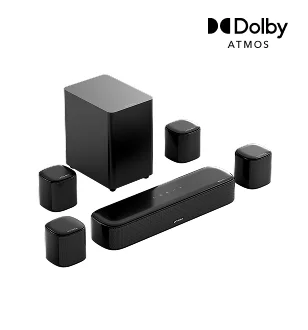
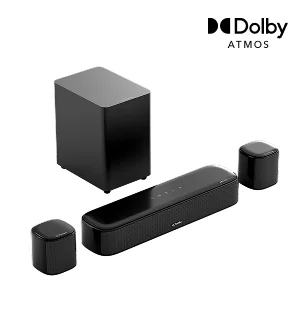
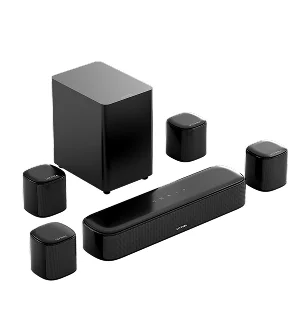
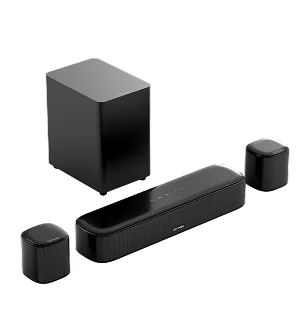
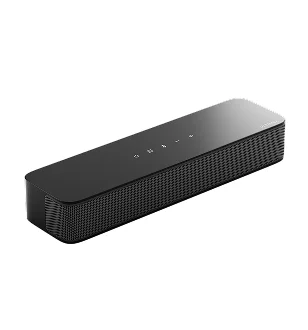
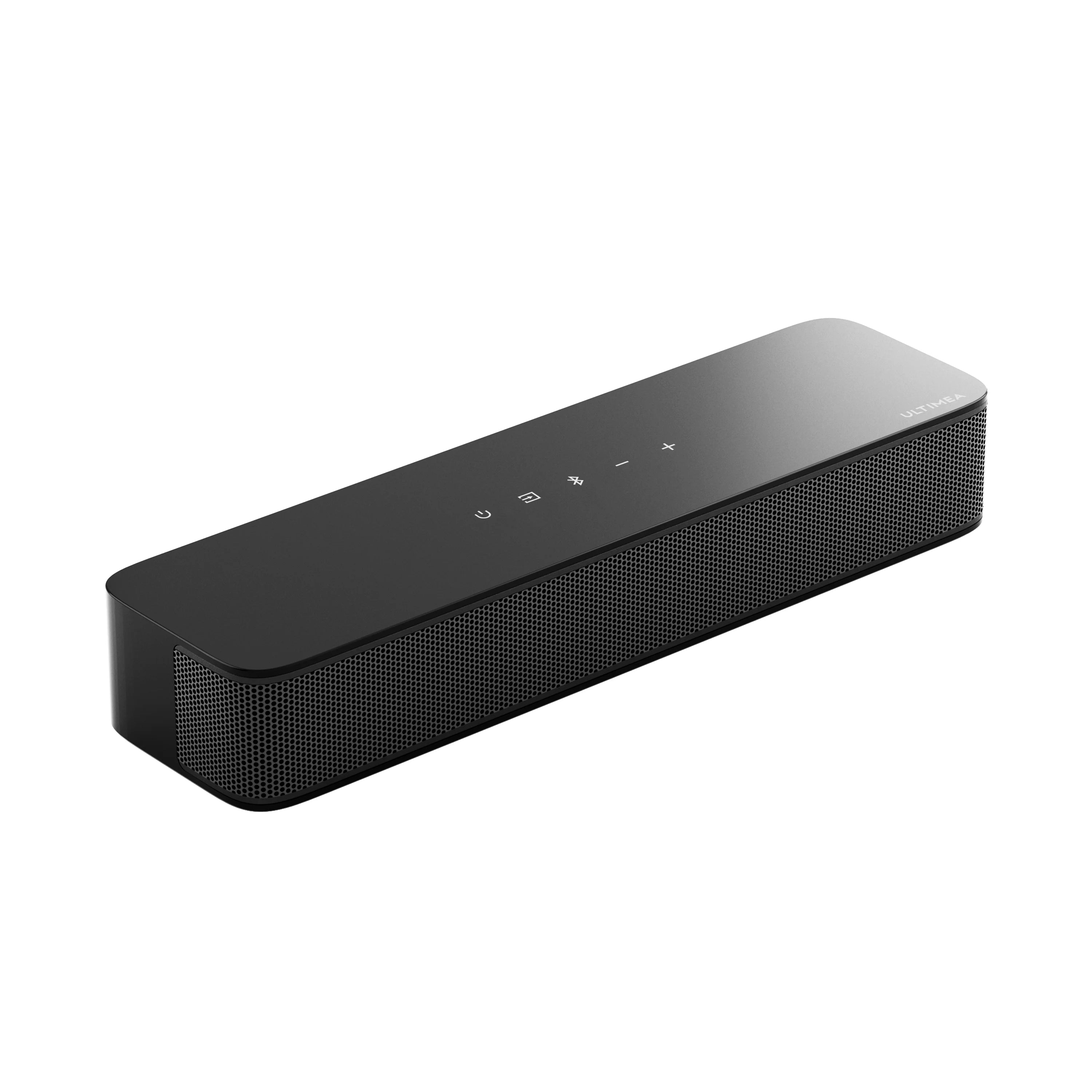
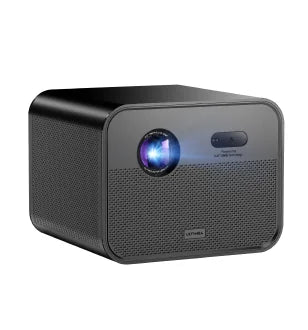
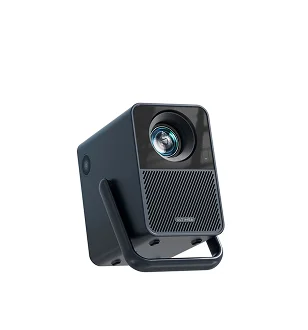
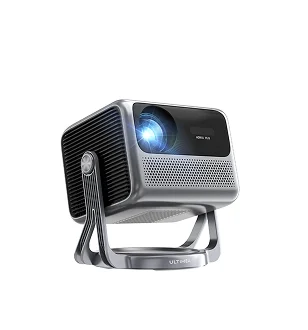
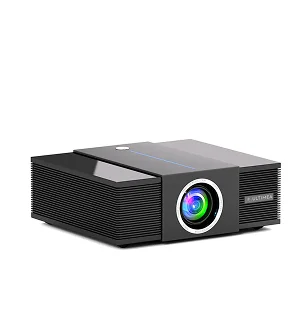
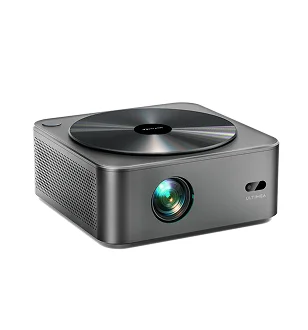
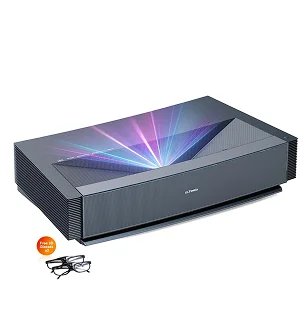
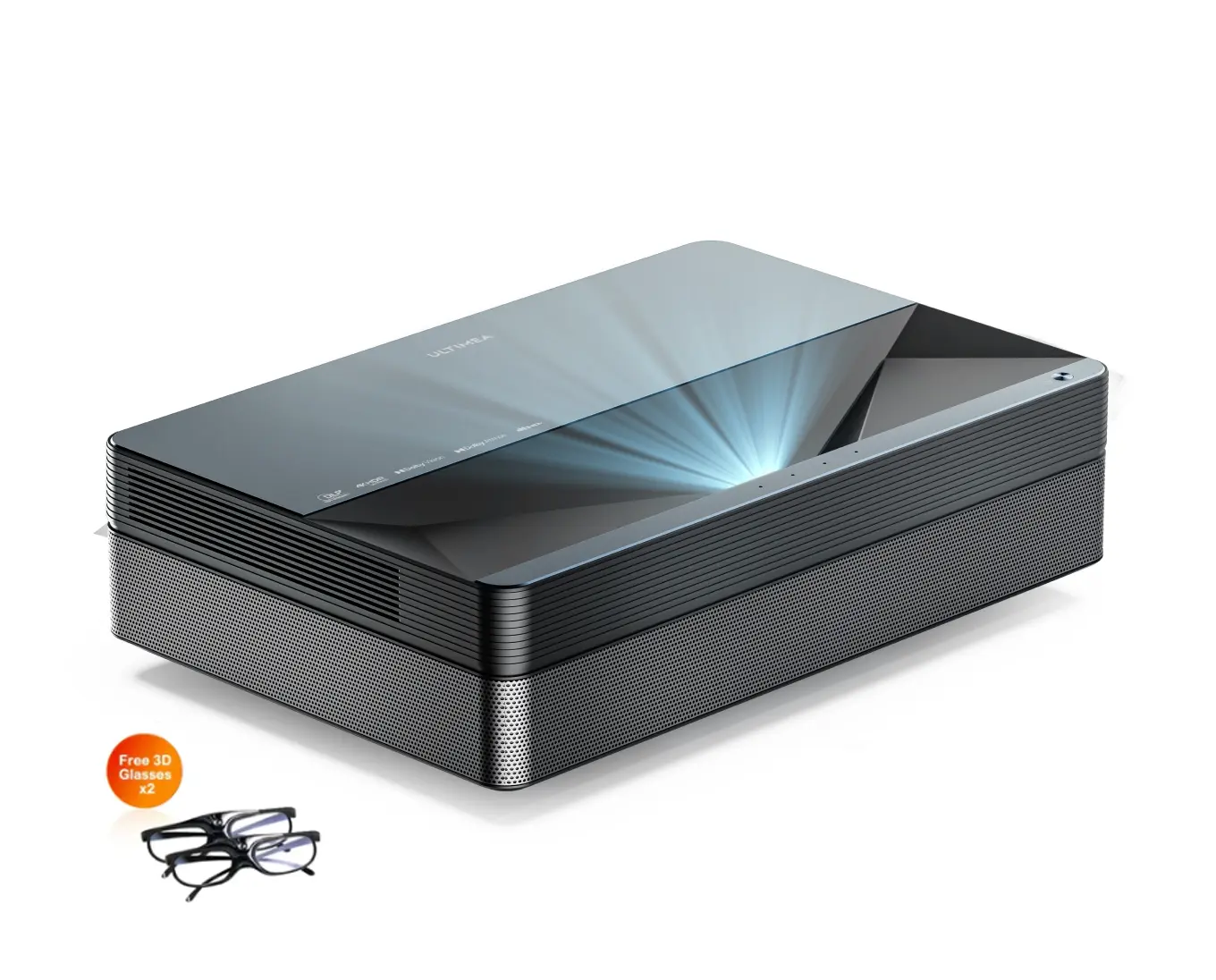
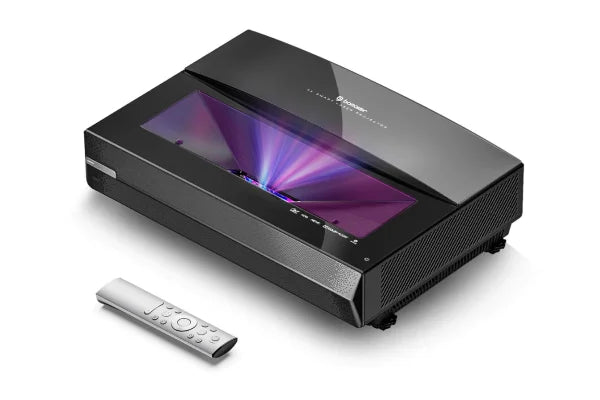
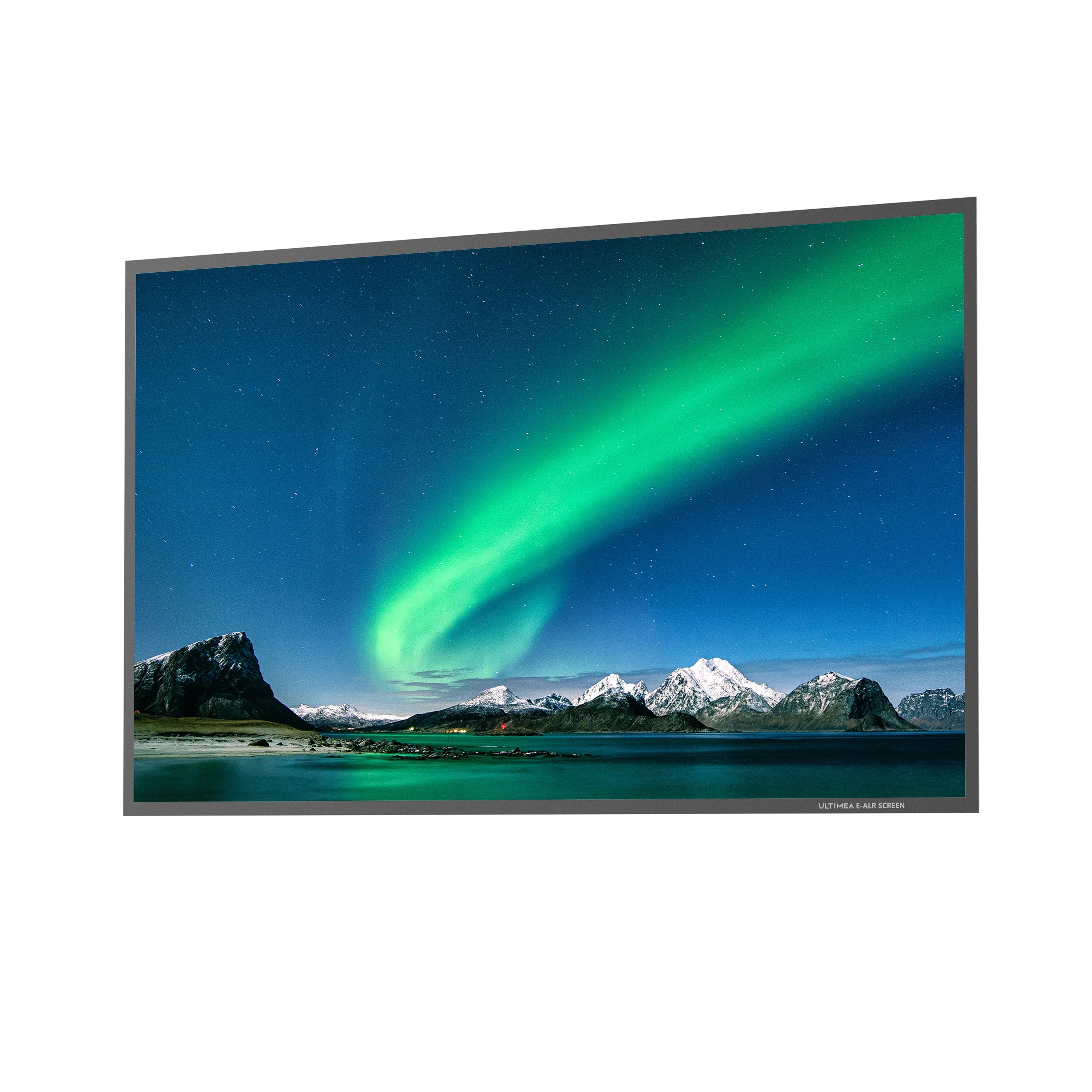
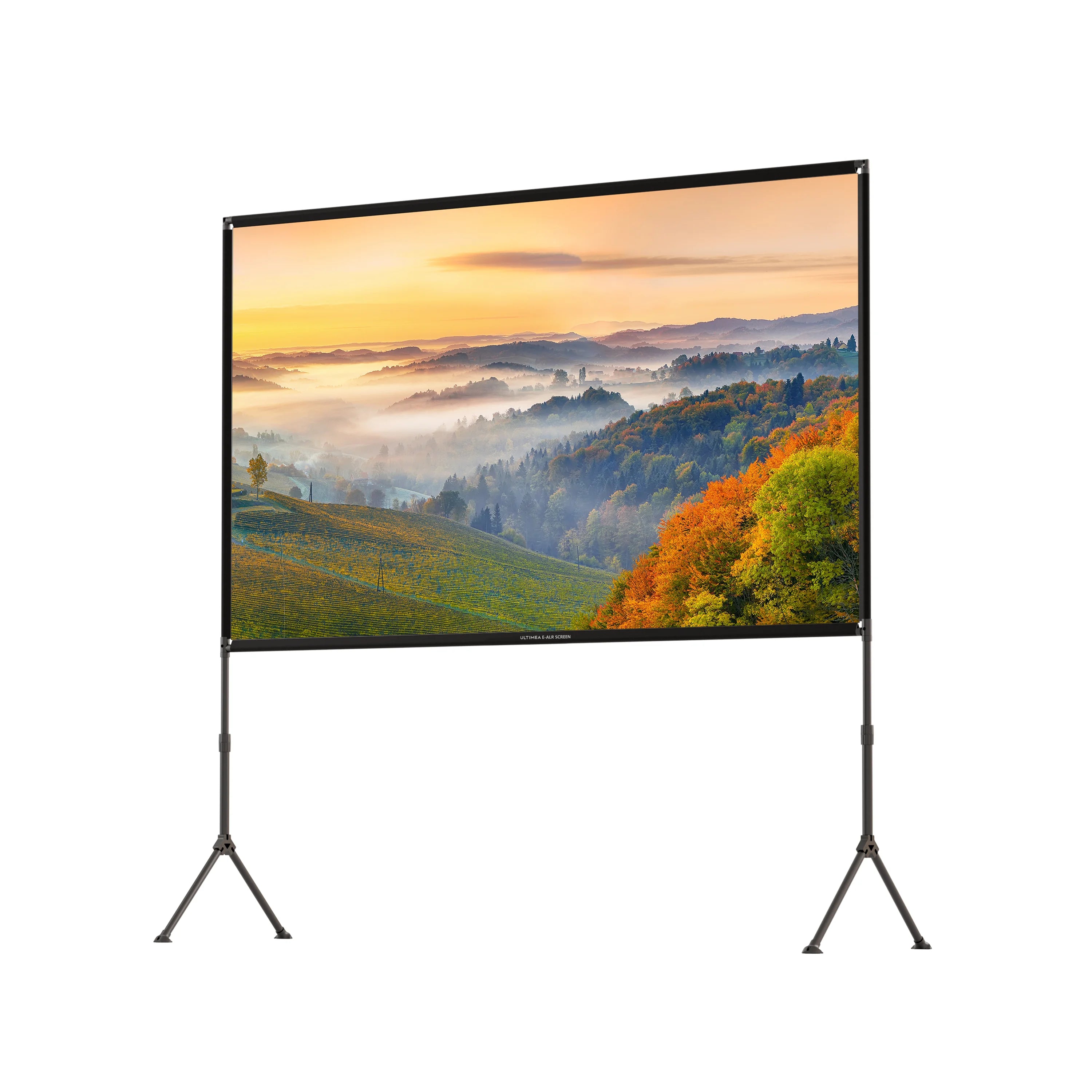
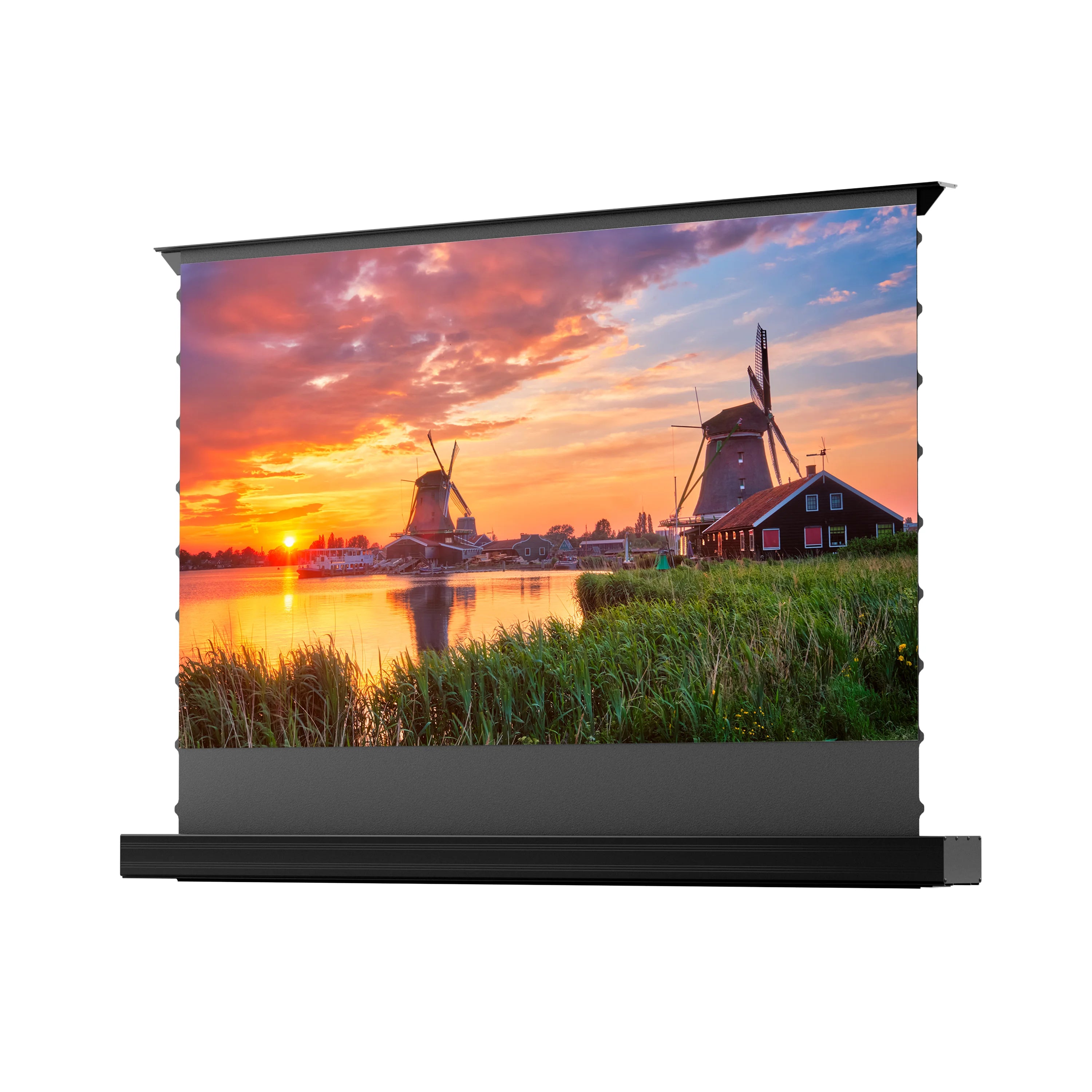
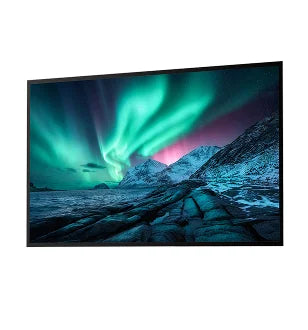
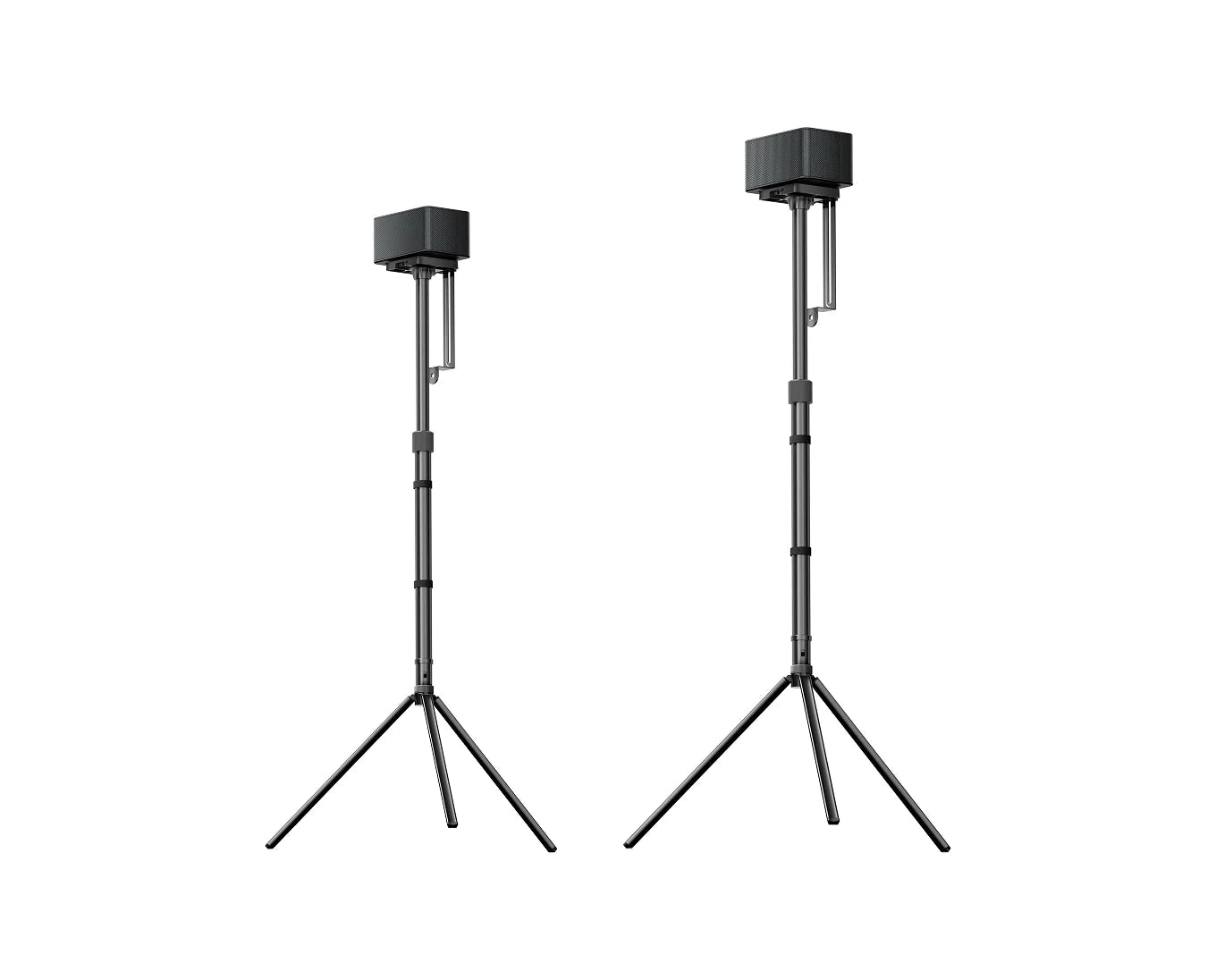
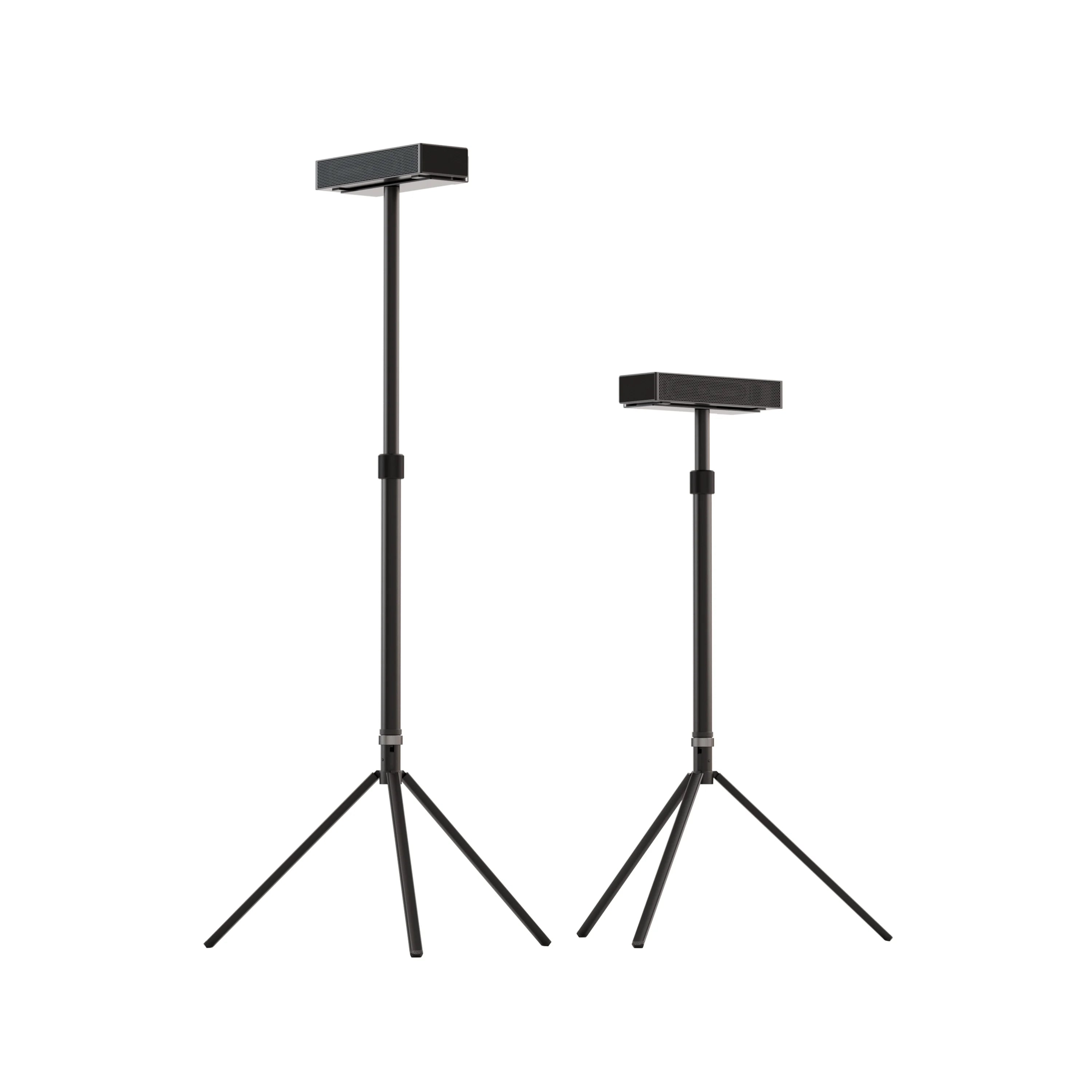
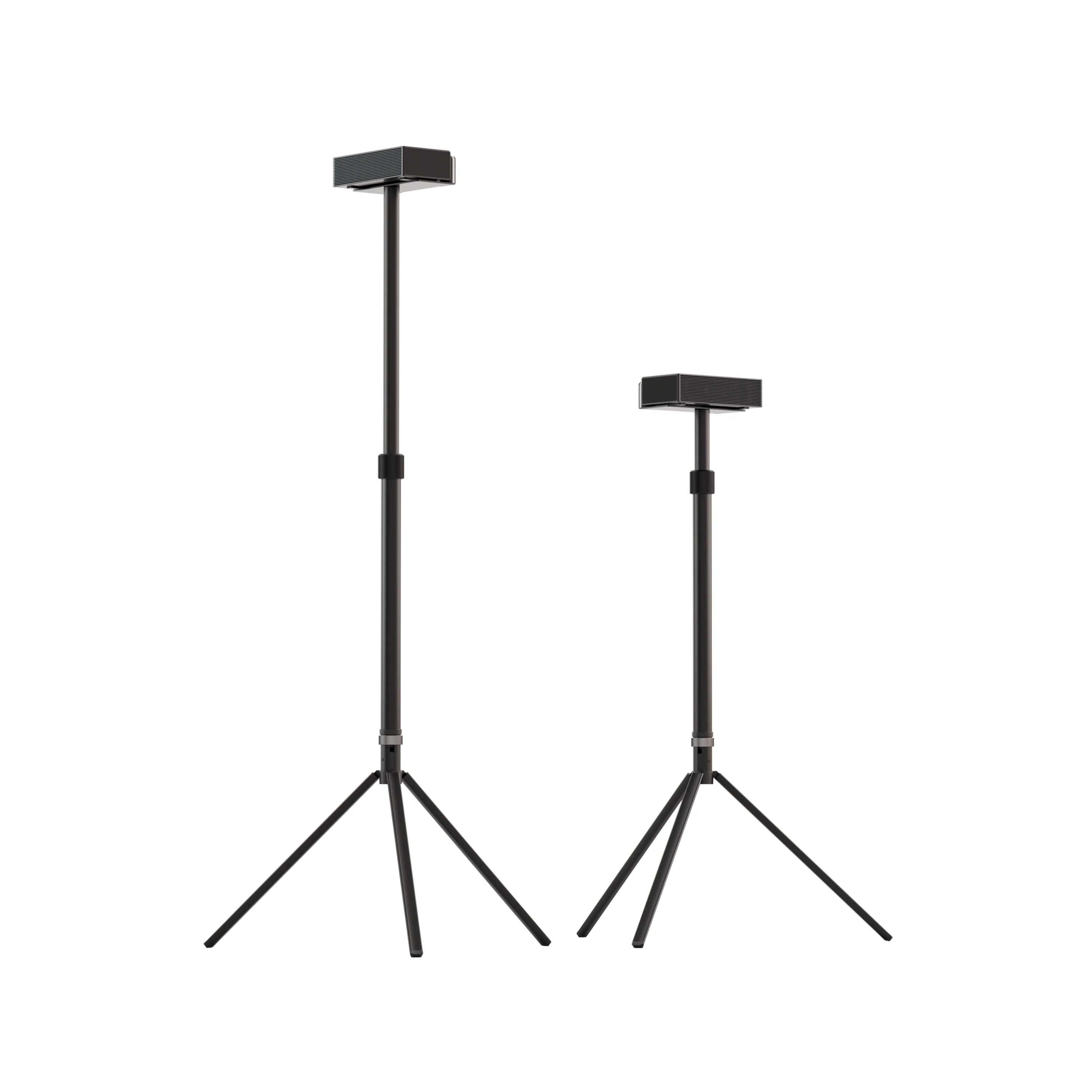
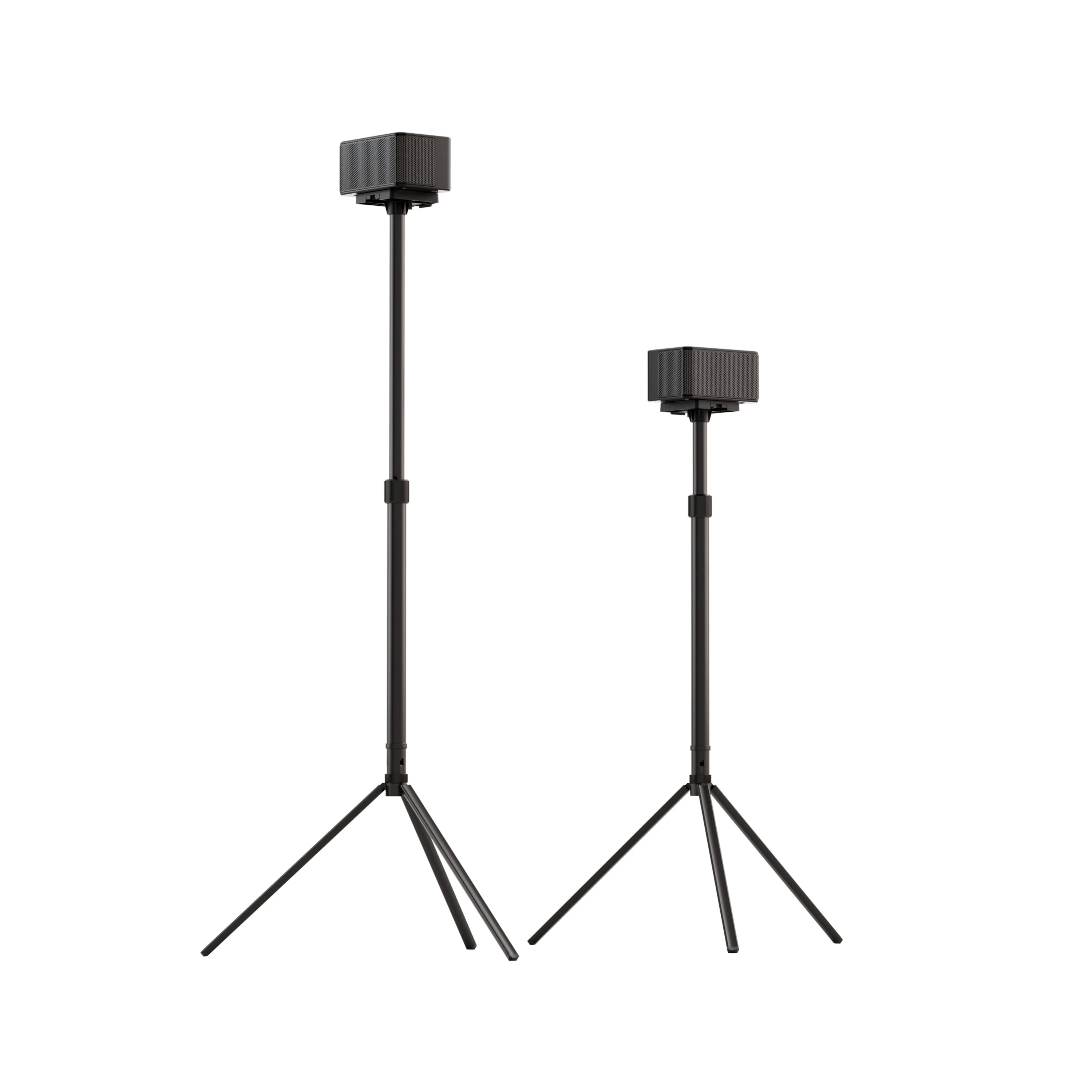
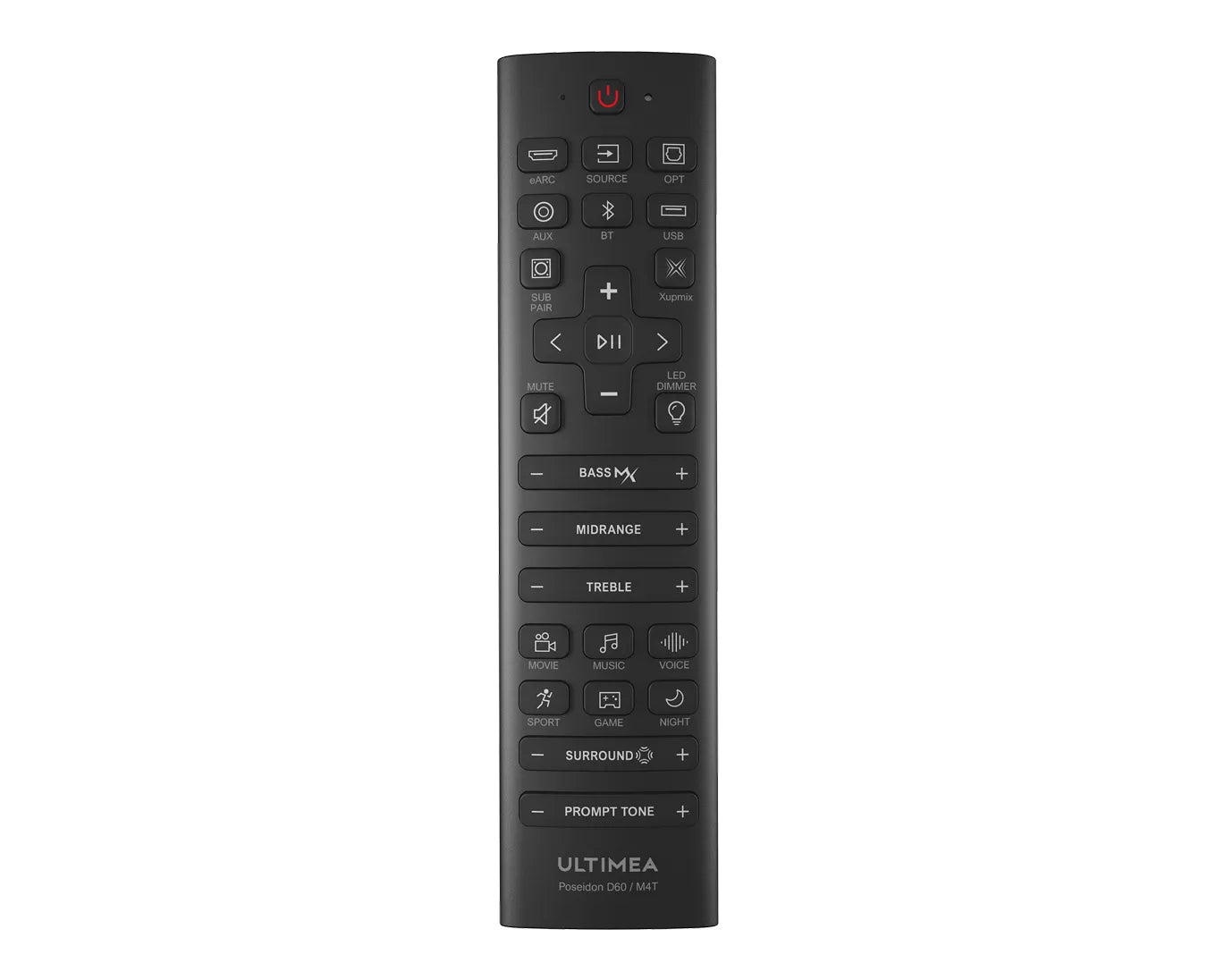
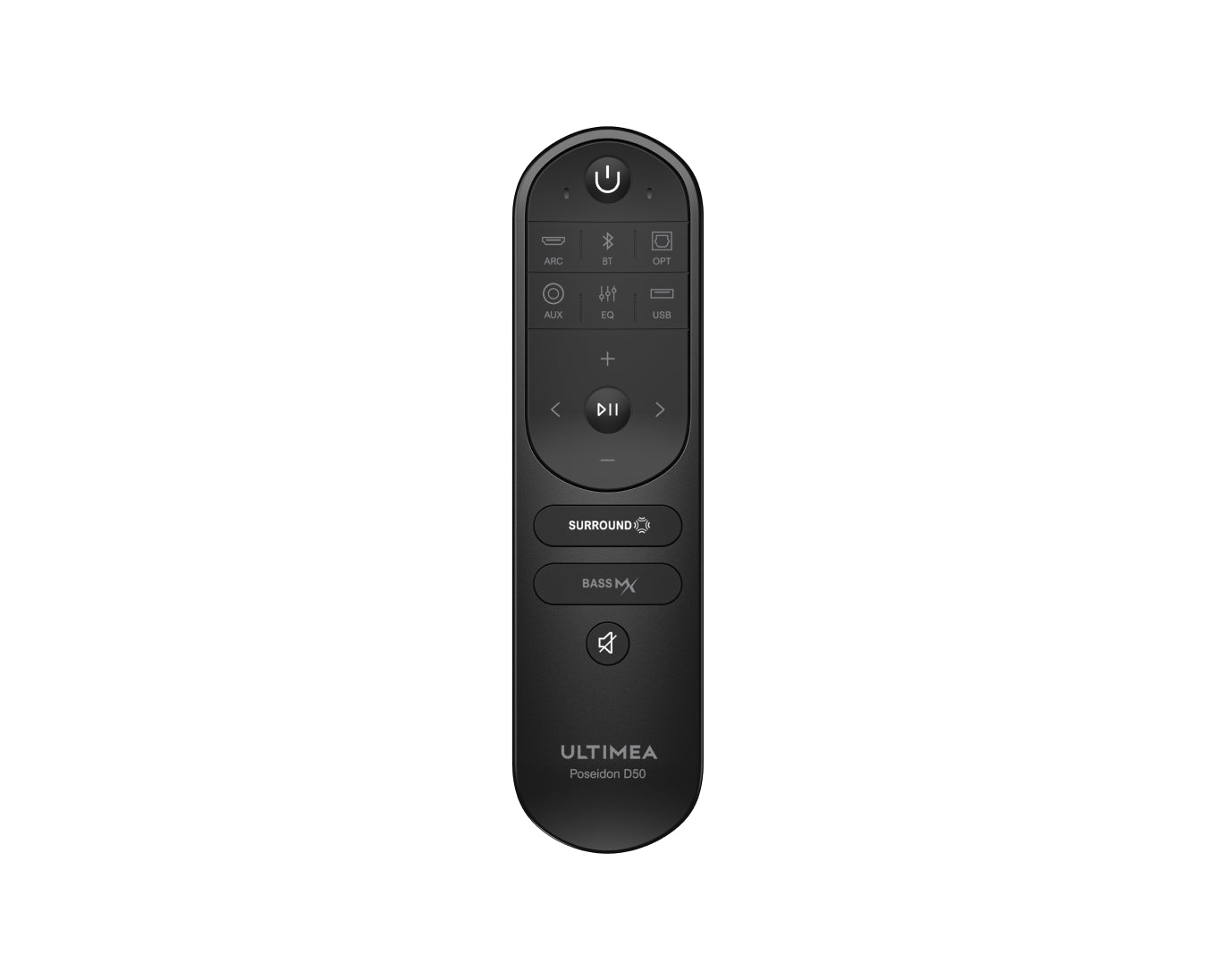
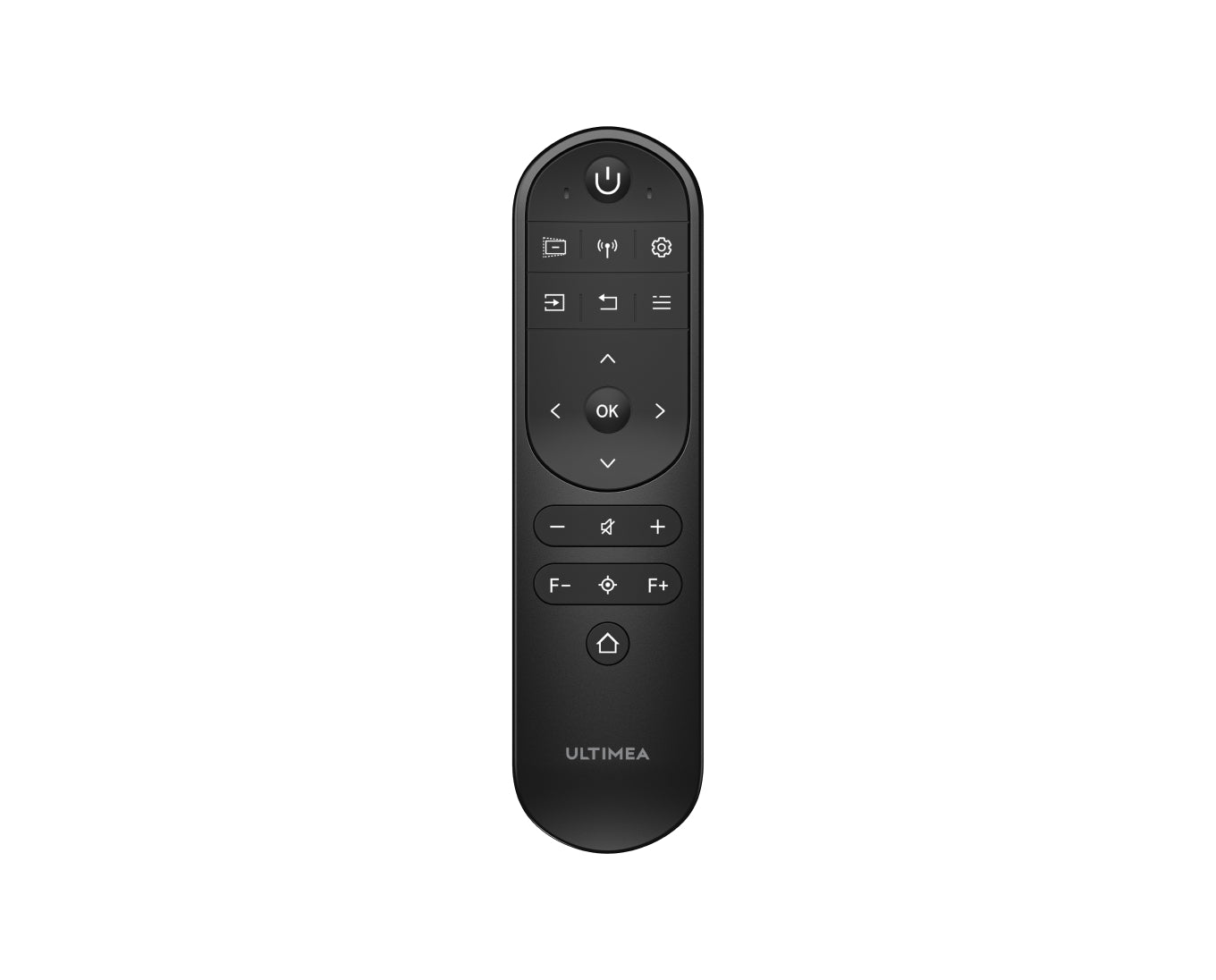
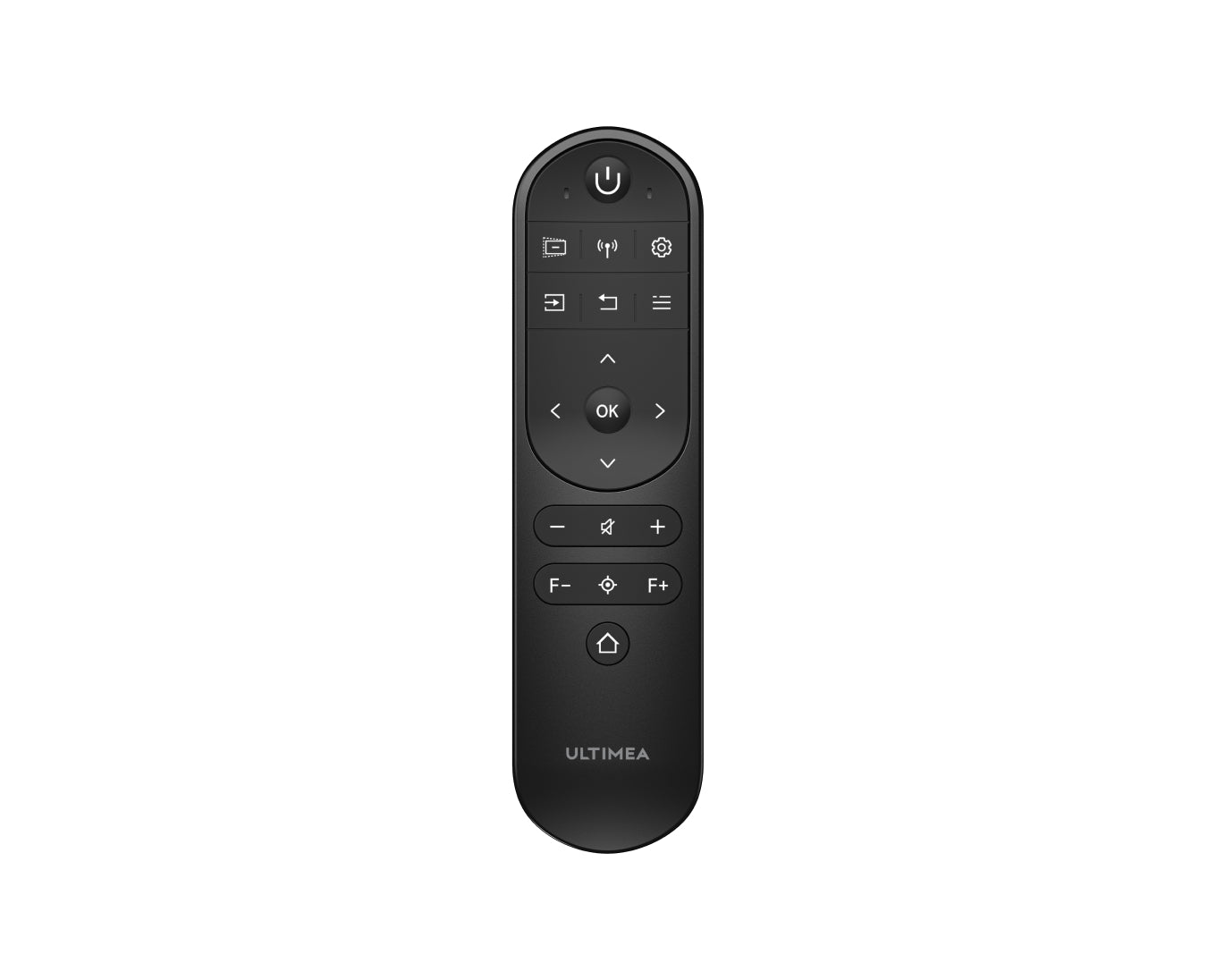








1 Kommentar
Just a heads up that the format details in your Description and Key Benefits columns of Dolby Atmos and Dolby Vision are mixed up. Dolby vision should list all visuals attributes and Dolby Atmos only audio attributes.